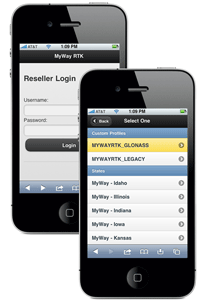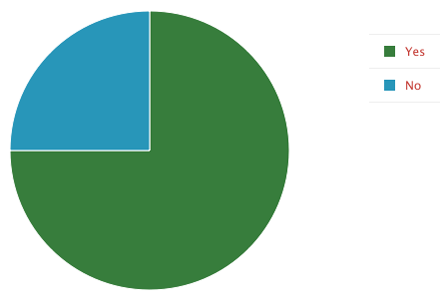The military started using them to safely check on enemy activity without putting troops in harms way, but Unmanned Aerial Vehicles (UAVs) are now starting to be used for many civilian applications, especially in agriculture.
 USDA scientists are studying how UAVs may be used to keep an eye on changing land-use patterns across vast tracts of western rangeland.
USDA scientists are studying how UAVs may be used to keep an eye on changing land-use patterns across vast tracts of western rangeland.
Ranchers, government agencies and private land managers often need to survey vast, remote rangelands to see how they are being altered by floods, forest fires or other events. Ground-based surveys can be costly and time-consuming. Satellite imagery is improving, but satellites can’t provide the resolution needed by the Bureau of Land Management (BLM) for its assessments of millions of acres of federally owned lands, or by private land owners who want to monitor erosion control, the creep of invasive species, or other land-use changes. UAVs allow operators to survey large areas whenever they want, such as immediately after a major rain storm or forest fire.
So researchers with the Agricultural Research Service (ARS) Jornada Experimental Range in Las Cruces, New Mexico are studying the potential effectiveness of a 20-pound UAV with a 6-foot wingspan that cruises 700 feet above the earth, collecting digital images.
In a study partially funded by BLM, the researchers took more than 400 aerial images of 700 acres in the Reynolds Creek Experimental Watershed in southwestern Idaho. They assembled the images into mosaics, determined the percentage of vegetation cover using image-processing techniques and compared the data to information collected with conventional ground-based techniques. In a second study, they analyzed the classification accuracy of different types of vegetation, such as mesquite and yucca plants, identified by a computer program designed to analyze mosaics assembled from hundreds of images taken during flights over tracts in Idaho and New Mexico.
Read more from ARS.

 Uses for precision ag vary from west to east coast, state to state and even from field to field. And farmers can oftentimes learn from growers in other regions, take pieces and parts from those experiences and implement it on their own operation to see what fits best.
Uses for precision ag vary from west to east coast, state to state and even from field to field. And farmers can oftentimes learn from growers in other regions, take pieces and parts from those experiences and implement it on their own operation to see what fits best. 






